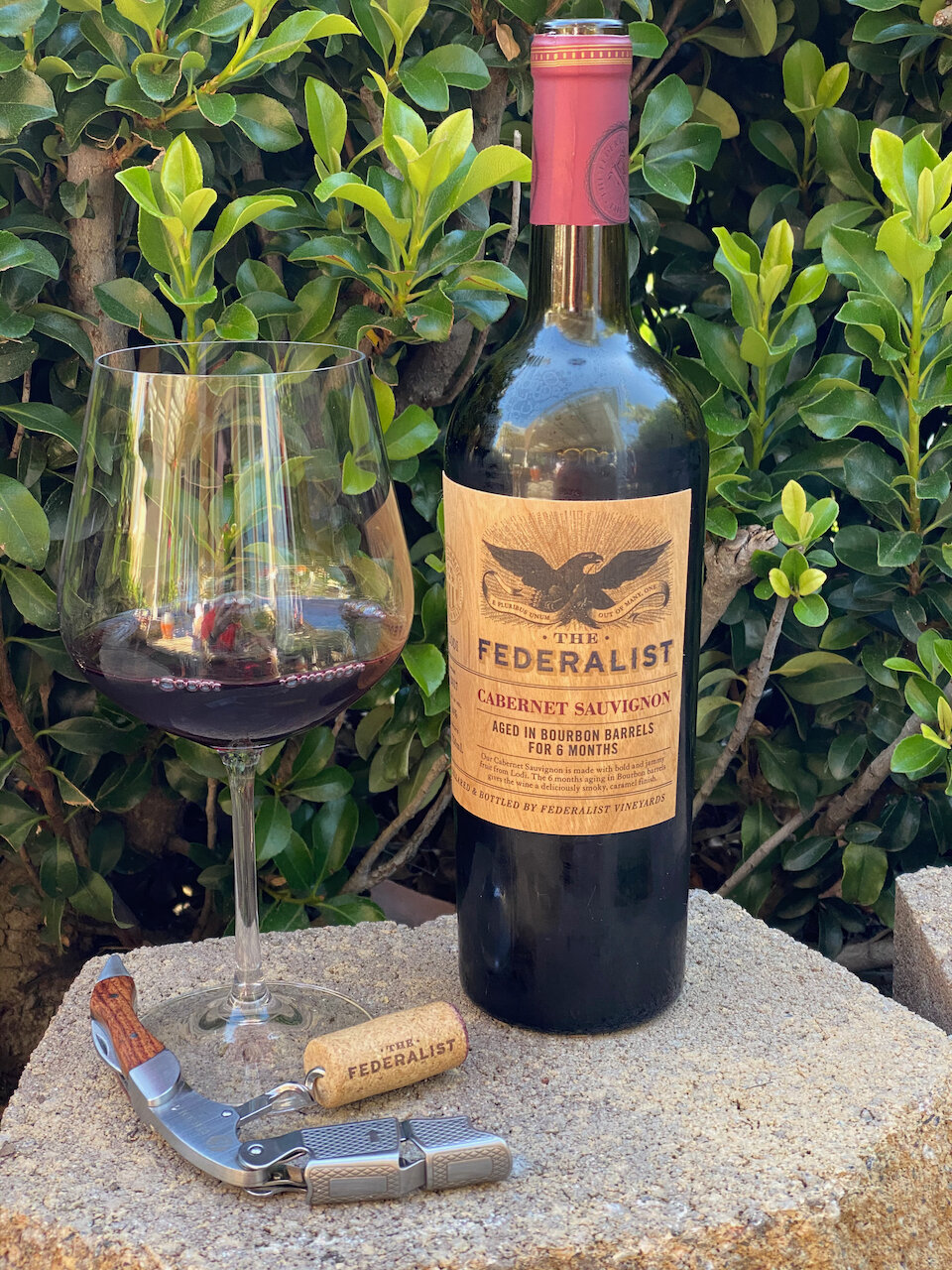Wine and cheese. They just go together. But, there's actually a pretty good reason that this pairing typically works together so well.
It’s due to the combination of an astringent element, wine, that gives your mouth a dry feeling and a fatty element, cheese, to make the mouthfeel slippery.
We generally don’t like to have an overly fatty coating in our mouth. And, we usually don’t like to have our mouth dried-out or puckered up. So, we seek just the right balance. That’s why we find a sip of wine so refreshing after nibbling on a piece of cheese. They are opposites that create a balanced mouthfeel.
Red wines can be rather tannic due to the stems, seeds and stems of the grapes. Tannin is also introduced into red wines from the oak barrels that are so commonly used for aging. All this tannin, especially in young red wines, can leave your mouth with a dry, chalky feeling. This astringent sensation, on its own, isn't a good one. But, the fats contained in cheese act to balance out the tannins in red wines. They just work together!
Cheeses also pair well with white wines. But, not in conjunction with tannin. White wines have little to no tannin. They can have bold acidity. And, that acidity yields a mouth-watering sensation which can be very refreshing. So when a creamy soft white cheese is paired with the acidic notes in white wines, it balances things out.
It’s very natural that wine and cheese strike such a perfect balance. It’s been a famous pairing for centuries. So, give it a try! Cheers!


